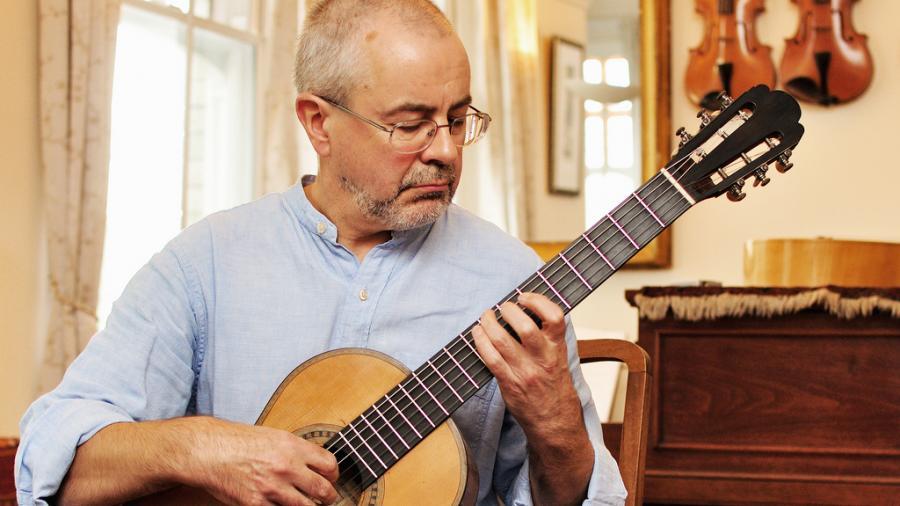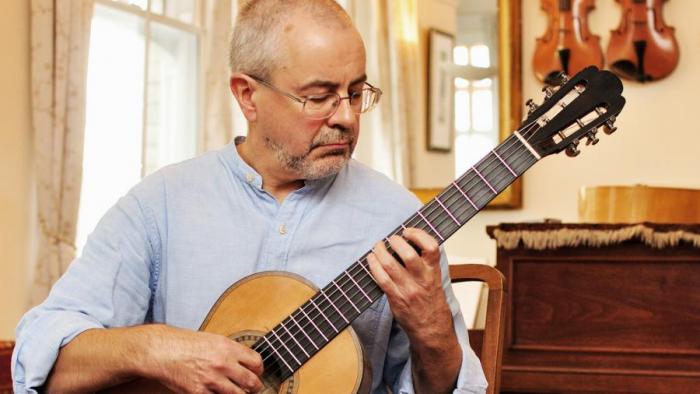
Ian Cross started out as a concert guitarist before becoming absorbed into academia by way of a BSc and a PhD at City University, London. He joined the Faculty of Music in Cambridge in 1986, moving from an unestablished position to become an Assistant Director of Research, then Lecturer in Music and finally Reader before being appointed as Director of the Centre for Music and Science, recently retired. He founded the Centre for Music & Science (CMS) in 2003.
His teaching and research are concerned with the application of the sciences to help understand music from a variety of perspectives. His early publications helped set the agenda for the study of music cognition; he has since published widely in the field of music and science, conducting experimental research that has spanned the psychoacoustics of violins and the evolutionary roots of musicality. His current research follows two tracks in focusing on exploring relationships between speech and music as interactive media, and on the effects of engagement in group musical activities on children's capacity for empathy.
He has supervised numerous graduate students, and has been a visiting professor at institutions in Europe and the Americas.
He has reviewed for all the leading journals in the field of music psychology as well as in other fields, including psychology, cognitive neuroscience, biology, medicine and archaeology; he has also reviewed many proposals for most UK Research Councils, charitable funding bodies, and many national and international funding agencies. He is presently Editor-in-Chief of the online open-access journal Music & Science, published by SAGE in association with Society for Research in Psychology of Music and Music Education (SEMPRE).
He is a Governor and Chair of the Research Committee of the Music Therapy Charity, and a Trustee and committee member of SEMPRE.
